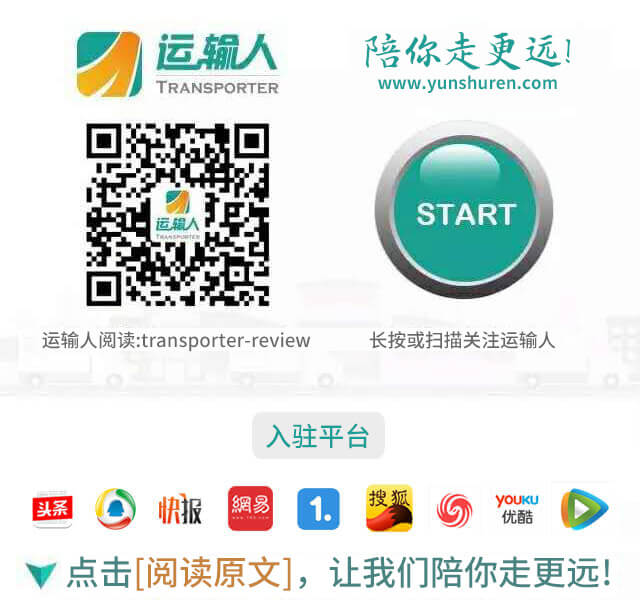Recently, the General Office of the Ministry of Transport issued the Rural Passenger, Cargo and Postal Operation Service Guidelines (Trial) (the Guidelines) to guide localities to further standardize rural passenger, cargo and postal operations, improve service quality, and accelerate the construction of an intensive, efficient and sustainable rural transportation service system. The Guidelines will be implemented from November 1 this year.

The Guide encourages that within the county-level administrative area, operators with local resource integration capability and capable of coordinating the resources required for rural passenger, cargo and postal operations should be clearly identified as the lead unit to coordinate and promote the integration of rural passenger, cargo and postal operations, and encourages multi-sectoral collaboration to support rural passenger, cargo and postal operators in expanding their scope of operation and enhancing the sustainability of rural passenger, cargo and postal operations and services.
The Guide specifies the basic elements to guarantee the operation and service of rural passenger and cargo mail, including places, personnel, facilities and equipment, operation management and information system, etc. It requires the setting of stations to adhere to the principles of integrated planning and resource pooling, reasonably determines the location, number, scale and function of rural passenger and cargo mail service stations, and puts forward requirements for station upgrading, functional area setting and facility and equipment configuration.
In terms of operation mode selection, line and stop optimization, the Guide requires rural passenger, cargo and mail operators to reasonably optimize operation lines and stops by combining the travel needs of rural people and the transport needs of mail and express mail, and encourages the setting up of handover boxes and other means to ensure that passengers have convenient access to the bus. In addition, the Guide encourages the use of vehicles that meet the technical requirements for the selection of suitable vehicles for the integrated development of rural passenger, cargo and mail, as well as standardized logistics bags (boxes), and encourages county-level passenger, cargo and mail station operators to use automated sorting equipment to improve the efficiency of sorting mail and express mail.

